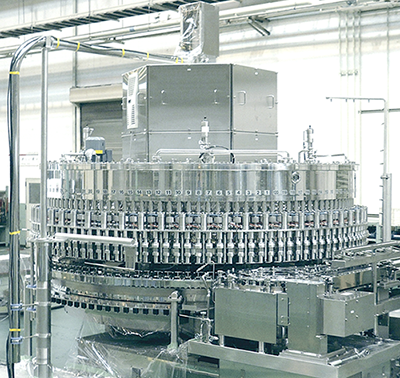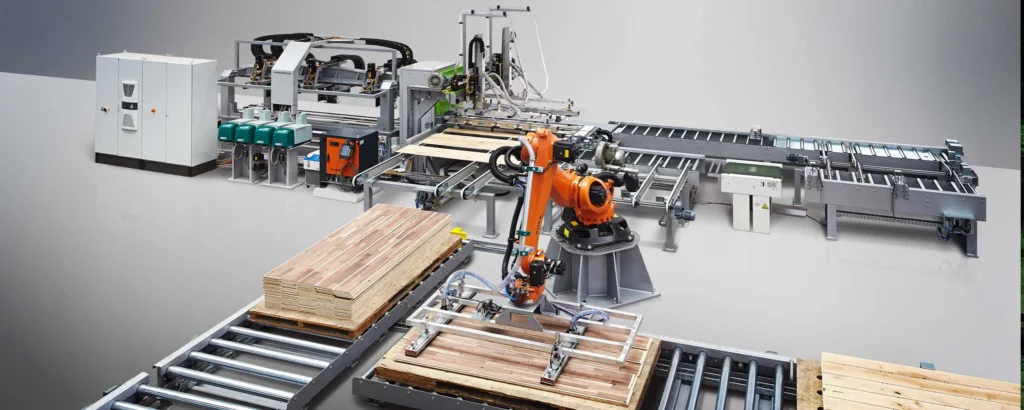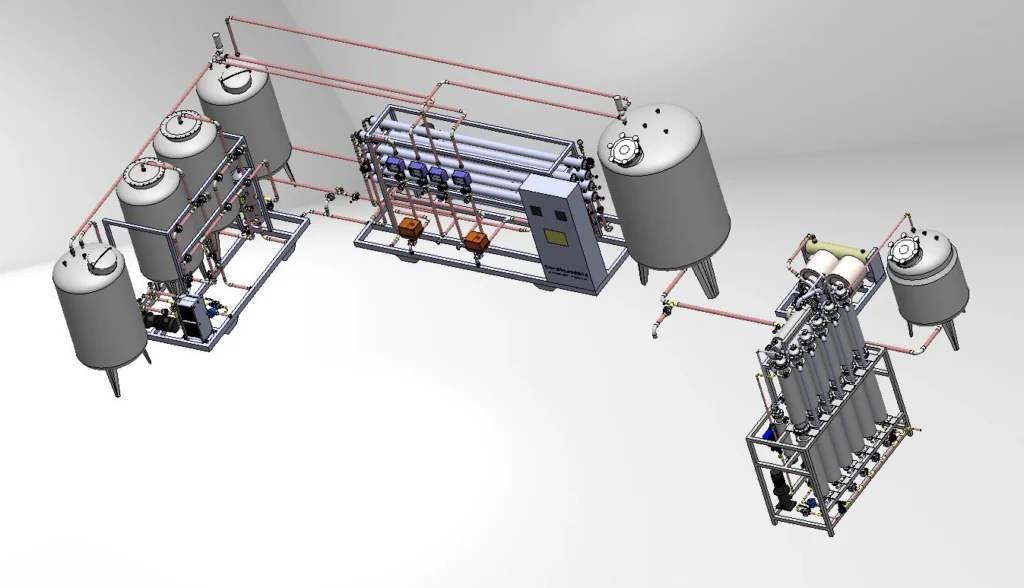
High-speed mineral water bottling machines are designed to fill and cap bottles of mineral water at a high rate of speed, typically hundreds of bottles per minute. These machines are used by commercial water bottling companies to produce large quantities of bottled water efficiently.
High-speed mineral water bottling machines typically consist of the following components:
- Rinse and filling section: This section rinses the empty bottles with sterile water and then fills them with mineral water.
- Capping and sealing section: This section caps and seals the filled bottles with a variety of closures, such as screw caps, crown caps, or aluminum foil lids.
- labeling section: This section applies labels to the filled bottles.
- Case packing and palletizing section: This section packs the filled bottles into cases and palletizes the cases onto pallets for shipping.
High-speed mineral water bottling machines are typically made of stainless steel, which is a durable and sanitary material. The machines are also equipped with a variety of sensors and safety devices to ensure that the bottled water is of the highest quality and that the machines are operated safely.
Here are some of the benefits of using high-speed mineral water bottling machines:
- Increased productivity: High-speed mineral water bottling machines can fill and cap hundreds of bottles per minute, which can significantly increase productivity for commercial water bottling companies.
- Improved efficiency: High-speed mineral water bottling machines automate the entire bottling process, which can improve efficiency and reduce labor costs.
- Reduced waste: High-speed mineral water bottling machines are very precise and accurate, which can help to reduce waste.
- Improved quality: High-speed mineral water bottling machines are designed to fill and cap bottles of mineral water in a sterile environment, which can help to improve the quality of the bottled water.
High-speed mineral water bottling machines are an essential piece of equipment for commercial water bottling companies. By automating the bottling process and increasing productivity, high-speed mineral water bottling machines can help companies to reduce costs and produce large quantities of high-quality bottled water efficiently.
Here are some of the latest trends in high-speed mineral water bottling machine technology:
- The use of artificial intelligence (AI): AI is being used to develop high-speed mineral water bottling machines that can learn and adapt to changing conditions. This is making high-speed mineral water bottling machines more flexible and versatile, and better suited for a variety of applications.
- The use of robotics: Robotics is being used to automate tasks in the bottling process, such as loading and unloading machines and packing products. This can help to reduce labor costs and improve safety.
- The use of the Internet of Things (IoT): IoT devices can be used to collect data from high-speed mineral water bottling machines and send it to the cloud for analysis. This data can be used to monitor the performance of the machines and identify potential problems early on.
High-speed mineral water bottling machine technology is constantly evolving. New technologies and applications are being developed all the time. This is helping commercial water bottling companies to improve the efficiency, quality, and safety of their operations.







